Curated by Nataša Radojević and Domenico de Chirico, 16th June – 17th July 2023, Italian Cultural Institute of Belgrade, Kneza Miloša 56, 11000 Belgrade
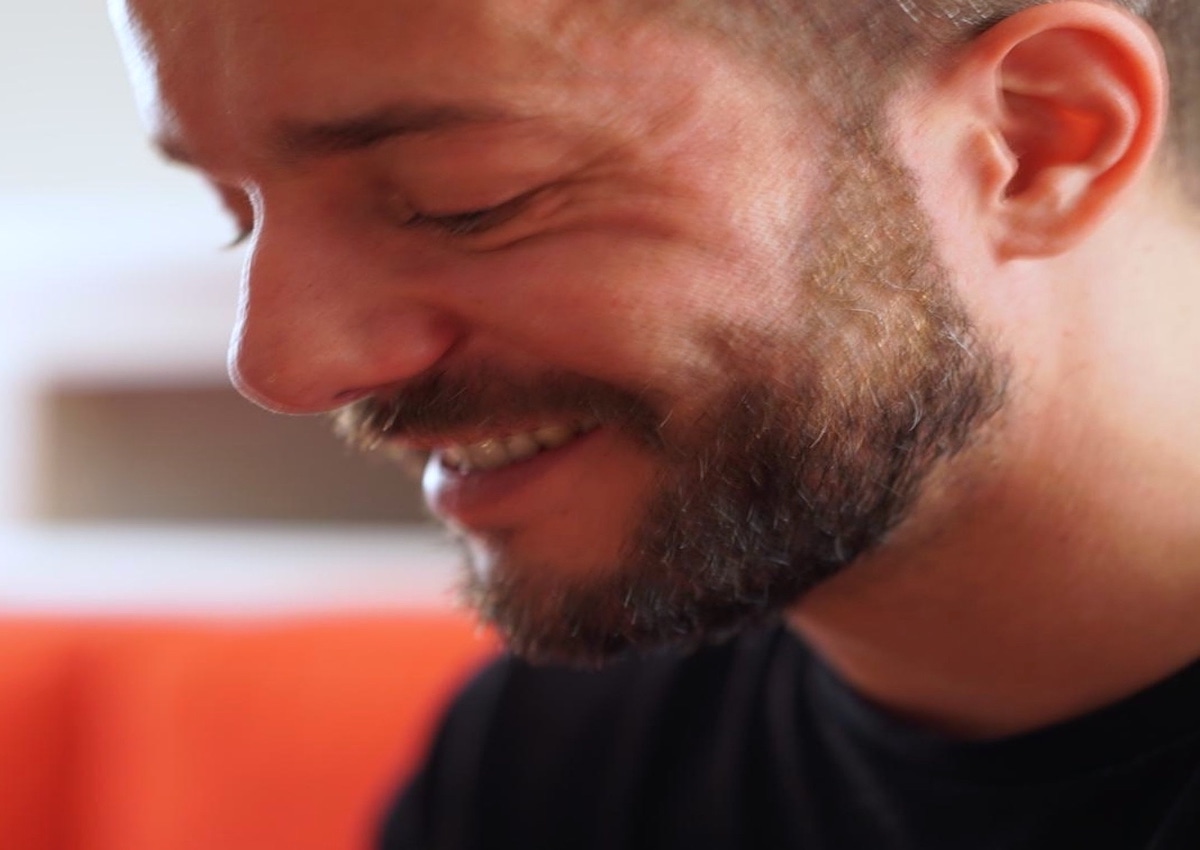
Vittorio Bianchi acts within the spatial dimension of the surface of the fabric, his privileged artistic medium. The artist goes beyond its limits through a gestural scraping action that attacks the material, in a way that upsets its structure without betraying it: not an act of rupture, in fact, but of revelation, aimed at supporting the urgency of the underlying layer to break onto the surface from the depth that holds back it. He investigates the sleeping spaces of memory that flow inside the fibers, reviving them in the relief of a breath that regains possession of its legitimate interlude. His is a deaf gesture in which the phrasing woven into the voiceless history of the material echoes. The surface becomes sensitive skin, caressed by the revealing vehemence of the action that exposes its filaments, as if they were the rib of the anatomy of the eternal flow of history. In doing so, he restores a truce in the opposition between tradition and innovation, a calm that invites a delicate reconciliation in the relationship of interdependence between the persistence of a collective cultural identity and the one of the warp that generated it.
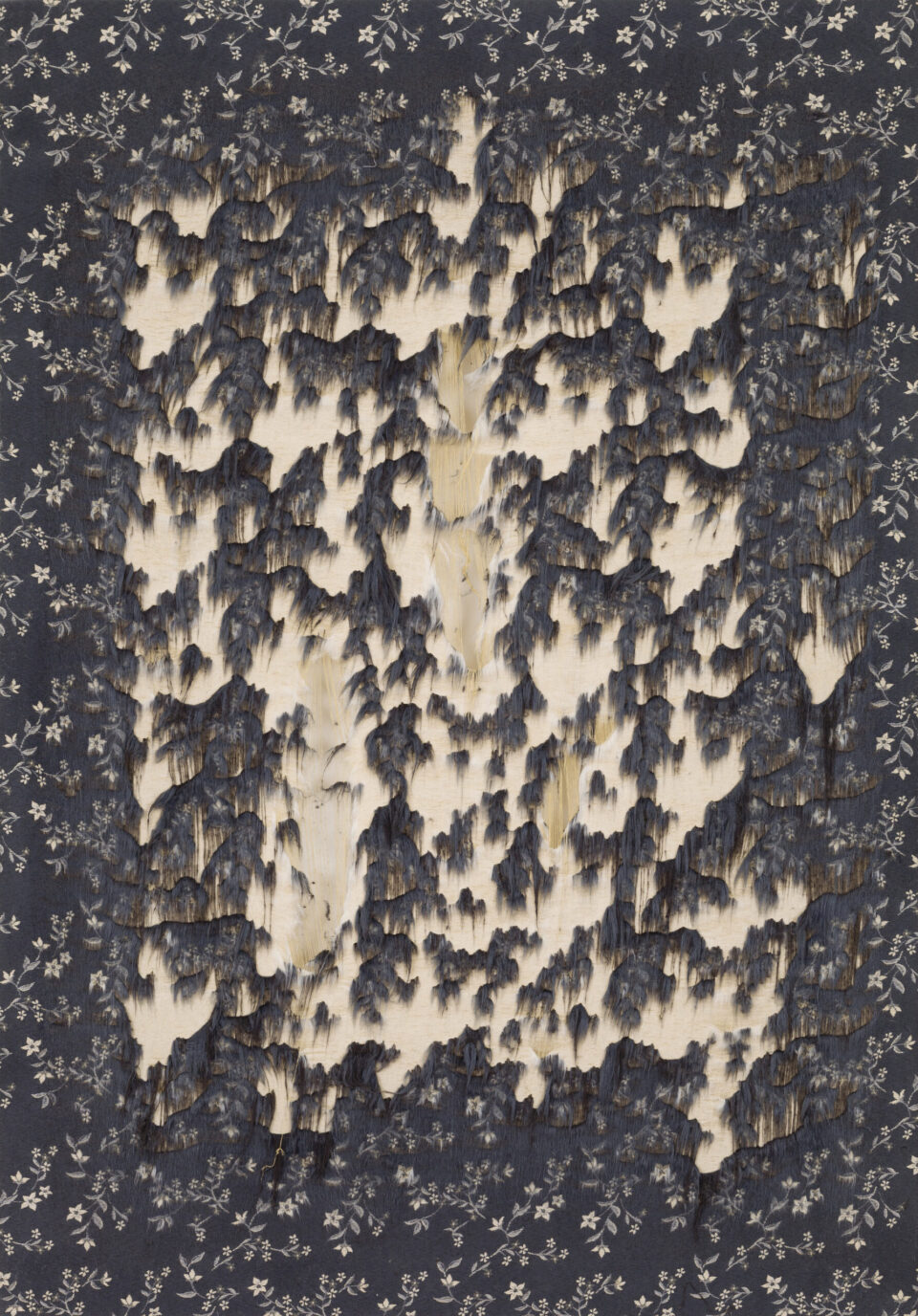
Vittorio Bianchi: Woven Memory
The work of Italian artist Vittorio Bianchi (b.1982) revolves primarily around an element that manifests itself as a duality, more precisely described as an inventive and authentic gesture that is expressed in a dogmatic manner, sometimes through meticulous torn parts, and other times through vigorous ruptures. Furthermore, the two-dimensionality of the materials used by Bianchi is fundamentally questioned by interventions that create absences and open passages to other possible and imperishable dimensions, simultaneously highlighting both fragility and maximalism, characteristics that often elegantly distinguish everything that is deliberately torn or ripped: the fabrics used by the artist to create his works are the result of diligent and targeted research that encompasses Taiwanese silks, Italian lampas, monochromatic textures, and intricate prints, while also including technological fabrics with futuristic characteristics. Undoubtedly, his artistic exploration establishes multiculturalism as its foundation, closely linked to the historical context of the materials used, the processing of which magnifies the echoes of time. Based on these principles, “Woven Memory” emerges as a new exhibition chapter in Vittorio Bianchi’s artistic production. The cycle of works, presented at the premises of the Italian Cultural Institute in Belgrade, particularly celebrates the beauty of the renowned Italian lampas, a traditional fabric that evokes the products of local artisans, symbolizing a highly identitarian and noble traditional craftsmanship. On one hand, it embodies a sort of transposition of the “Canticle of the Creatures,” featuring floral motifs and fauna that, without temporal distance, point to life. On the other hand, it represents an artistic gesture that deeply tears or swiftly ruptures this fabric. Furthermore, the significant transformation of the lampas is dedicated to highlighting the current distress of the human condition in all its nuances, echoing the words of Saint Francis of Assisi regarding the aforementioned canticle: Blessed are those who endure it calmly, for they will be rewarded by the Most High.
Domenico de Chirico
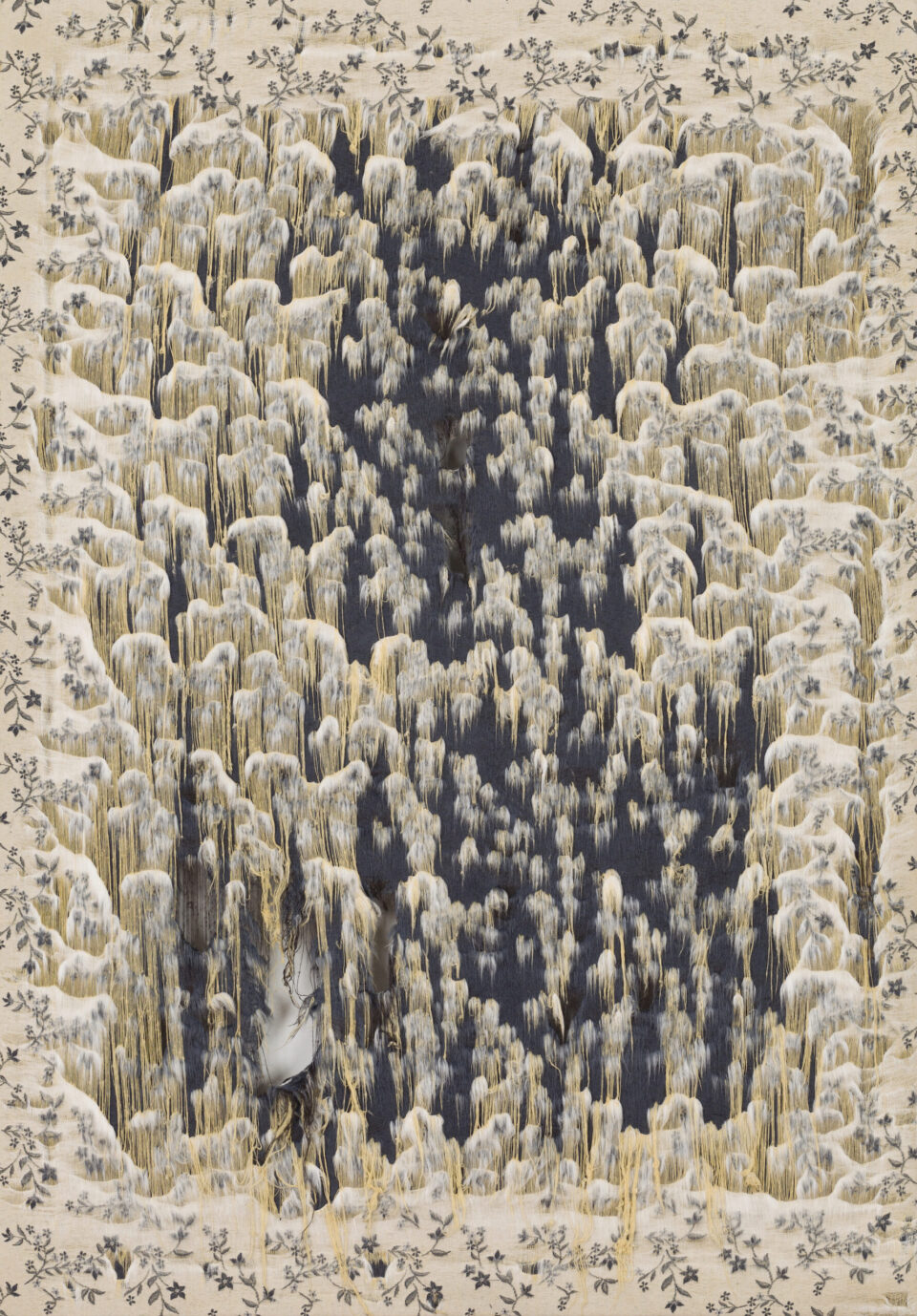
Vittorio Bianchi’s work mainly moves in the spatiality of a gesture, namely that of laceration. The two-dimensional nature of the materials used by Bianchi is systematically called into question by interventions that create absences and therefore open passages to other possible dimensions, underlining their fragility and at the same time the radical elegance and preciousness of what is torn. In fact, the fabrics used by the artist in his works highlight dedicated research ranging from Taiwanese silk to Italian lampas through monochromatic textures and elaborate prints, although not excluding contemporary fabrics of a technological matrix. His artistic research therefore also extends to the study of multiculturalism with a strong reference to the historicity of the treated materials, actually reuniting them with the time to which they belong.
Domenico de Chirico
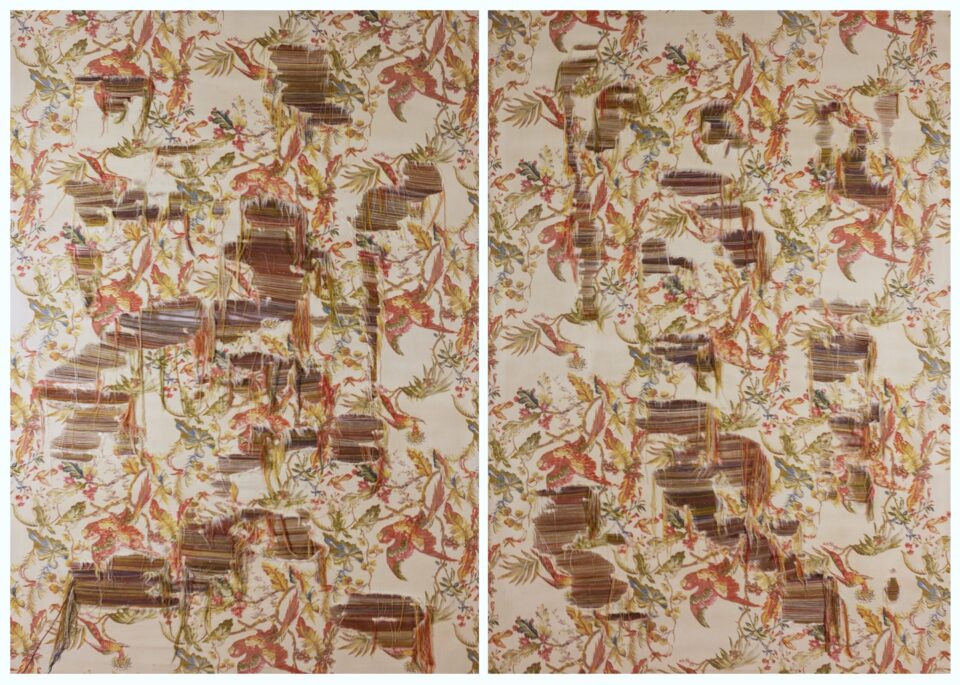
1982, Busto Arsizio (Varese), IT
Lives and works in Milan, IT
After earning a bachelor of Pharmacy degree in Parma (Italy), he moved to Milan where he started working with sound as a medium, among others. In 2014 he was a finalist for the Fondazione Henraux Prize and in 2019 he attended a course at Fondazione Ratti: History and textile traditions between Asia and Europe from the 7th to the 17th century, curated by Chiara Buss; he was selected for VIR artist residency in Milan and invited to participate in Panorama #03 exhibition at Galería Fran Reus in Palma de Mallorca. His work was featured in Hystery, Issue 14, launched at Art Basel Miami in December 2019. In 2022 he was invited by StudyForArtPlatform, Stockholm, to participate in Bienvenue Art Fair in Paris, curated by Domenico de Chirico and Marialuisa Pastò and he was the 3rd classified of Prisma Art Prize, winning the ArtRights and Artuu awards and the participation in an exhibition at Contemporary Cluster (19th – 28th July, 2023, at Palazzo Brancaccio, Rome). Selected exhibitions: Vetrina, curated by Enrico Mattei, BPM bank, Pietrasanta (2018) , TRIALOGUE – Delicate Strength at Galerie Biesenbach in Cologne (2023), Woven Memory at the Italian Culture Institute of Belgrade, curated by Domenico de Chirico and Nataša Radojević (2023).
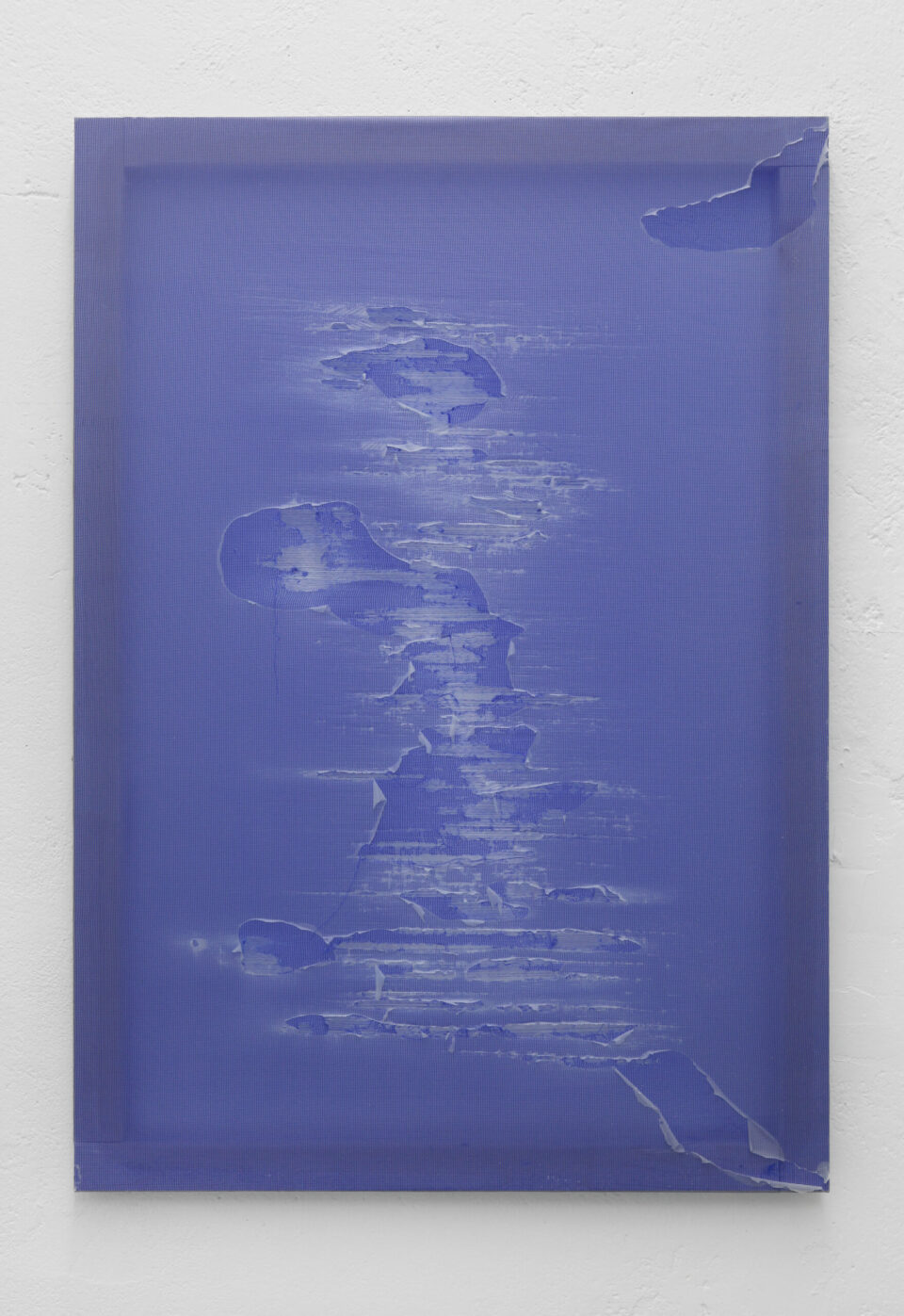
The exhibition Woven Memory is held in collaboration with Drina Gallery.
Partners: The Apartment by KDA,
Tnx: Confindustria Serbia, ID Consultants